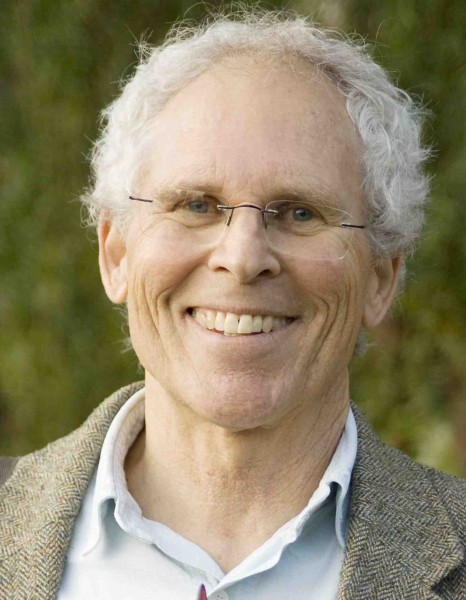Who Speaks for the Sea Mammals?

By Tom Osborne
“Haggis” is a yearling, female sea lion with a fishhook lodged in her throat that will require surgical removal by a specialist. “Gator,” a male elephant seal pup, is recovering from dehydration and malnourishment. These doe-eyed sea critters were among the five mammals currently hospitalized and lovingly cared for by staff and volunteers at Laguna’s Pacific Marine Mammal Center.
Members of Laguna’s chapter of Citizens’ Climate Lobby, courtesy of chapter member and Center volunteer Doug Carrie, were treated recently to a tour of PMMC, expertly led by facility CEO Peter Chang. The thrust of Chang’s message is that despite shark bites that some have endured, the recovering “patients,” sometimes numbering more than 100, are victims mainly of us. “How so?” we asked. He answered:
- Climate change is warming the ocean, thereby forcing these mammals to dive too deeply or swim too far from their offspring in search of feeder fish in colder water.
- Domoic acid, a neurotoxin, at high levels sickens various forms of sea life. Scientists are researching the role of agricultural runoff, climate change, aquaculture, and algae blooms in the formation of this poison.
- DDT leakage from hundreds of thousands of barrels regularly dumped in the waters between San Pedro and Santa Catalina Island in the middle decades of the 20th Century.
- Gun wounds, fishhooks, and netting—all of which imperil sea mammals.
The silver lining in this cloud of sea mammal distress is the 50-year record of PMMC of rehabbing and returning to the ocean those critters fortunate to wind up in the care of this noble facility, visited by 50,000 guests and 15,000 students annually. One of its key staffers, Michelle Hunter, is legendary for at times caring for distressed patients during the earliest morning hours when most of us sleep.
We were amazed that this one small facility performed so many functions. “It’s a kitchen, nursery, swimming pool, trauma center, laboratory, radiology department, research school, and more,” observed Gary Stewart, a CCL chapter member and physician.
In our tour, Peter cautioned us not to speak to the recovering mammals and to avoid eye contact with them. Why? The Center does not want the animals to get attached to humans in order to ease the transition back into the ocean at the appropriate time. I and others failed the eye-contact injunction. “You cannot withstand the gaze of an elephant seal—it’s mesmerizing, and you will soon do its bidding,” acknowledged Stewart. When I looked into the big luminous brown eyes of the seals, I saw a plea to stop desecrating their ocean environment and reducing their species’ chances for survival. At some inexplicable level, I seemed to see myself in those eyes. What we’re doing to them, are we not doing to ourselves?
I’m thinking more and more, what gives humans the right over all other forms of life to treat the planet as though it’s exclusively ours for the taking? As I write this column, I’m recalling the writings of former USC law professor Christopher Stone and other cutting-edge legal thinkers who contend that nature has rights defensible in court. Heretical, I know, like limiting the powers of kings in the Magna Carta of 1215.
Chapter member Melissa Waters concluded, “I’m so glad they not only take such good care of their important patients but that the Center is involved in so much research and education to hopefully improve the marine animals’ lives… and our own as well.”
Tom is an environmental historian. He’s writing an account of California’s environmental leadership nationally and on the global stage. Email: [email protected]





What gives humans the right to trash the planet? Ignorance.
The Space-X Dragon capsule splashed down yesterday with four civilian astronauts aboard. Mindful of the life-support systems sustaining their lives in Earth orbit, they survived the trip. Will we?